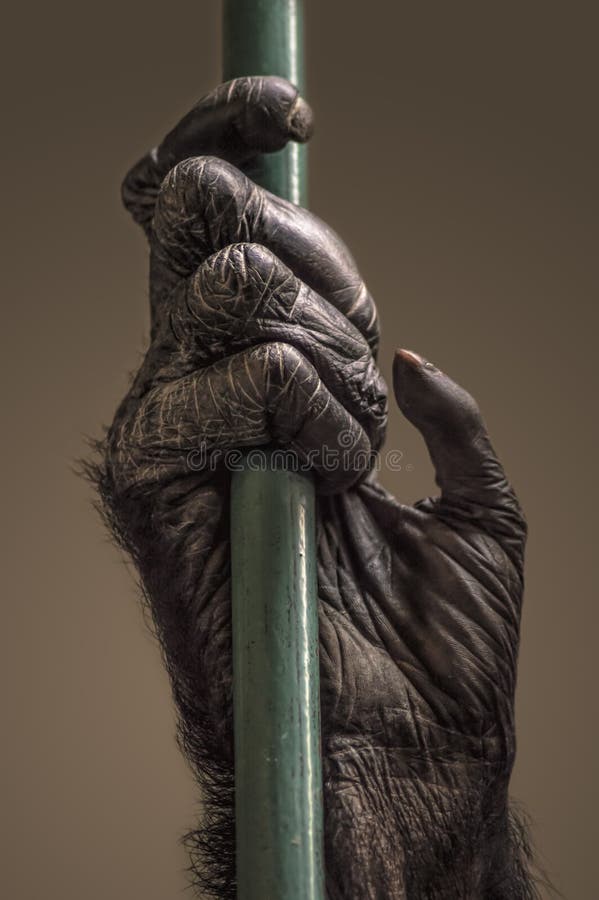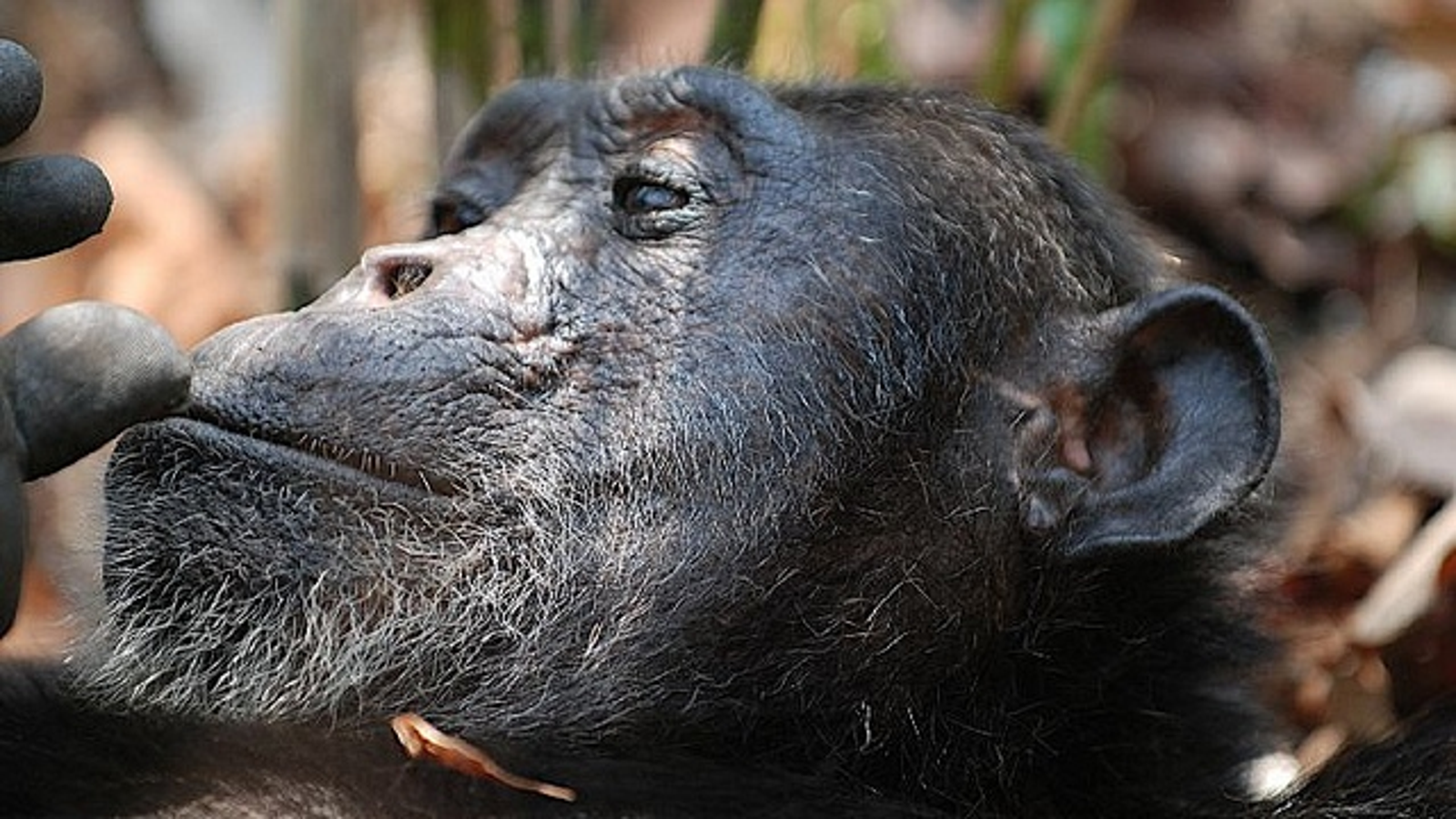

7 Smithsonian's National Zoo, Washington, DC, USA.6 The Dian Fossey Gorilla Fund International, Atlanta, GA, USA.5 Department of Biology, Kennesaw State University, Kennesaw, GA, USA.4 Department of Psychology, Georgia State University, Atlanta, GA, USA.

Chimpanzee hand reaching series#
To test their hypotheses about chimpanzees' visual attention, Gonçalves and his team conducted a series of three experiments using an eye-tracker to map exactly where the chimpanzees are looking and for how long. "Chimpanzee skulls, on the other hand, still retain the general facial arrangements," he adds. But elephant skulls lose many important facial traits such as ears and the trunk which are important for their communication. In 2006, Karen McComb and her team at the University of Sussex found that African elephants showed more interest in skulls and tusks than in any other stimuli.īut the mechanisms might not have been the same.Īccording to Gonçalves, wild elephants probably interacted with these skulls based on past experiences. These findings, which are published in Royal Society Open Science, matched previous field experiments done with African elephants. "This explains why we see illusory faces in things like clouds and rocks, and primate skulls are as face-like as anything in nature," adds Gonçalves.

Simply stated, chimpanzees seem to know when a skull is chimpanzee-like, relating to the phenomenon of pareidolia that is linked to the brain's ability to detect faces. The researchers posit that chimpanzee skulls possess face-like cues, general contours, and the overall eye-nose-teeth arrangement that likely activates a network of brain regions originally evolved to detect and process faces. "We used images of faces, skulls, and skull-shaped stones representing four different species," says Gonçalves. The recent field of comparative thanatology has delved into this kind of question.Ī Kyoto University team led by André Gonçalves has now tested chimpanzees' visual attention to a series of images of conspecific and non-conspecific skulls. But do chimpanzees show recognition and preferences in the case of conspecific skeletons belonging to their own species? Previously, the scientific community has given little attention to this, perhaps assuming that chimpanzees have little or no knowledge of chimpanzee skeletal anatomy.


 0 kommentar(er)
0 kommentar(er)
